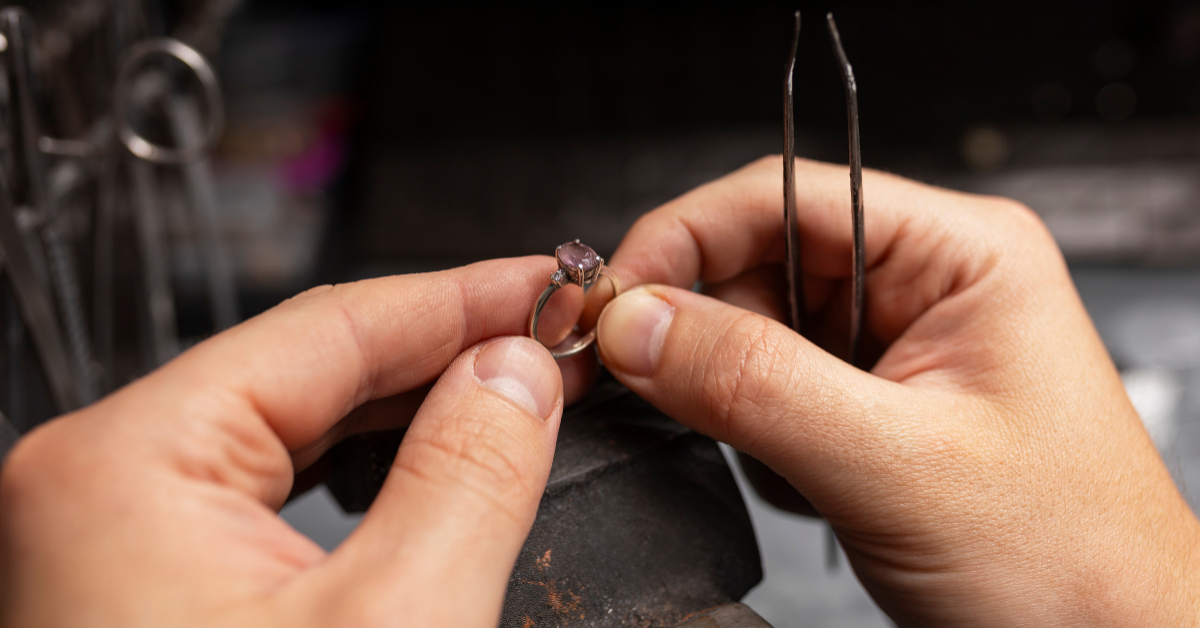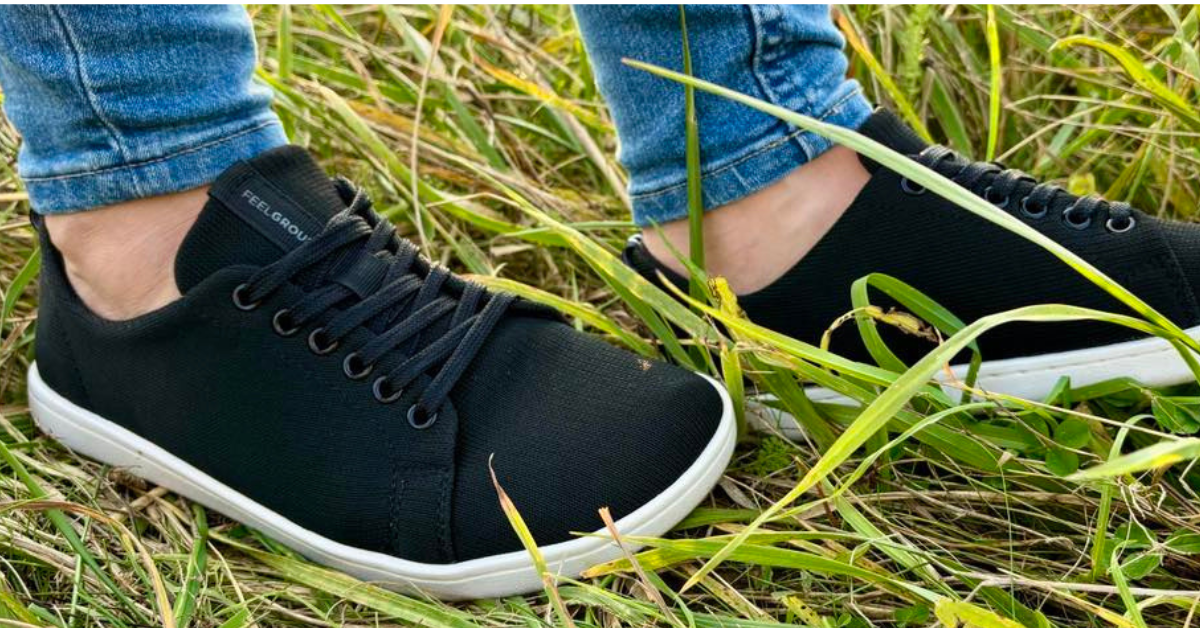
How to Create a Zero-Waste Bathroom: Simple Steps for a Greener, Eco-Friendly Home

*Collaborative Post
When it comes to reducing waste at home, the bathroom is often overlooked. Yet, it’s one of the most waste-heavy spaces, filled with single-use plastics, disposable products, and unnecessary packaging. By making intentional changes like using hair bars, we can transform this space into a sustainable haven that aligns with our eco-friendly goals.
Creating a zero-waste bathroom doesn’t have to be overwhelming. With a few simple swaps and mindful habits, we can significantly cut down on waste while still enjoying a functional and stylish space. Let’s take a closer look at how we can make our bathrooms greener and kinder to the planet.
Why Aim for a Zero-Waste Bathroom?
Reducing bathroom waste minimizes environmental harm caused by non-biodegradable materials like plastics. Many bathroom products, such as shampoo bottles and disposable razors, contribute to landfills. Transitioning to a zero-waste space helps mitigate these issues.
Eliminating waste lowers the demand for single-use plastics and promotes sustainable manufacturing. Swapping liquid shampoos for alternatives like a dandruff shampoo bar can reduce reliance on bottles. These products are compact, long-lasting, and often come in recyclable packaging.
Creating a zero-waste bathroom supports cleaner ecosystems by reducing pollution. Microplastics from bathroom items frequently contaminate water systems. Sustainable alternatives, such as biodegradable soap bars or reusable razors, limit the waste entering oceans and waterways.
Embracing zero-waste practices reduces carbon footprints associated with manufacturing and transport. Many zero-waste items, like refillable containers, rely on eco-friendly processes. Additionally, such changes inspire others in our communities to prioritize sustainability in their homes.
Benefits of a Zero-Waste Bathroom
Creating a zero-waste bathroom comes with a range of benefits that positively impact the environment, reduce expenses, and promote healthier living. These advantages motivate efforts toward sustainability in our homes.
Environmental Impact
Opting for zero-waste bathroom practices reduces the strain on landfills and decreases pollution in ecosystems. Eliminating single-use plastics, like disposable razors and shampoo bottles, conserves resources and minimizes non-biodegradable waste. For example, switching to hair bars cuts down on plastic consumption and further protects water systems from contamination by microplastics. Sustainable practices in our bathrooms contribute to cleaner air, water, and soil while encouraging a circular economy rooted in recyclability and reuse.
Cost Savings Over Time
Transitioning to reusable and eco-friendly products leads to significant long-term savings. Durable items like bamboo or sustainable electric toothbrushes and safety razors eliminate the need for frequent replacements, lowering expenses. Purchasing concentrated products, such as a dandruff shampoo bar, reduces costs by outlasting liquid alternatives. Although upfront investment may appear higher, replacing disposable items with sustainable options delivers financial rewards over time while reducing household waste.
Healthier Lifestyle Choices
Zero-waste products often use natural and non-toxic ingredients, supporting healthier skin and overall well-being. For instance, hair bars, free from harmful chemicals, offer a safe alternative to conventional liquid shampoos for sensitive scalps. Reducing exposure to plastic packaging lowers chemical exposure from additives like BPA. Choosing sustainable products aligns with a lifestyle that prioritizes both personal health and the health of the planet.
Steps to Transition to a Zero-Waste Bathroom

Creating a zero-waste bathroom involves small, intentional steps that reduce waste and support sustainable living. By focusing on practical adjustments, we can make this process manageable and effective.
Conduct an Audit of Current Products
Assess the products in your bathroom. Sorting items into categories like plastics, disposables, and chemical-based products helps identify waste sources. Note items with excessive packaging, such as liquid soaps or plastic shampoo bottles. Determine which products are essential and which can be replaced with sustainable options. For instance, if you’re using liquid shampoos, consider switching to hair bars or dandruff shampoo bars that reduce plastic consumption.
Opt for Reusable Alternatives
Switching to reusable products leads to significant waste reduction. Choose bamboo toothbrushes instead of plastic ones, safety razors instead of disposables, and washable cloths instead of paper towels. Hair bars, made with minimal packaging, are an eco-friendly option to replace bottled shampoos. Reusable items offer durability and are designed to last longer, saving resources and reducing household waste.
Replace Single-Use Items Gradually
Phasing out single-use items ensures a smoother transition. Start by replacing frequently used items like disposable razors, cotton swabs, and makeup remover wipes. Alternatives such as safety razors, reusable cotton rounds, and washable makeup pads provide sustainable solutions. Gradual replacement helps minimize waste without overwhelming costs or effort.
Compost and Recycle Properly
Managing compostable and recyclable materials ensures waste reduction. Separate items like cardboard toilet paper rolls, biodegradable hairbrush handles, and glass containers from general trash. Compost organic waste, including hair trimmings, and recycle bottles or jars correctly. Understanding local recycling regulations improves efficiency in waste management, supporting a zero-waste lifestyle.
Recommended Zero-Waste Bathroom Products
Switching to zero-waste bathroom products can make a meaningful impact on the environment while promoting healthier living. Below, we recommend practical and eco-conscious alternatives for toiletries, cleaning supplies, and storage solutions.
Sustainable Toiletries
Opt for solid hair bars as a replacement for bottled shampoos. These bars, including options like dandruff shampoo bars, offer plastic-free alternatives and are formulated with natural ingredients. Choose bamboo toothbrushes, which are biodegradable and designed to replace plastic variants. Safety razors crafted from durable materials, such as stainless steel, eliminate disposable cartridges and generate less waste over time. For dental hygiene, consider toothpaste tablets or powders stored in reusable containers. Switching to reusable makeup pads or cloth face wipes reduces reliance on disposable cotton products.
Eco-Friendly Cleaning Supplies
Adopt environmentally friendly cleaning products to maintain a zero-waste bathroom. Some great options include concentrated cleaning tablets that dissolve in reusable spray bottles to reduce waste. You can get these for a range of cleaning products now, including natural glass cleaner. Citric acid in cardboard packaging is fantastic at tackling limescale naturally, and look for refillable products in your local eco shop. Use natural sponges or scrubbers made from materials like coconut husks or loofahs instead of synthetic options.
Cleaning solutions with biodegradable ingredients can sanitize surfaces without harming ecosystems. Select multipurpose cleaners to reduce the number of products required, opting for ones packaged in recyclable or compostable materials. Glass storage bottles can help keep cleaning supplies organized while adhering to zero-waste principles.
Zero-Waste Storage Solutions
Maximize sustainability by organizing bathroom essentials with zero-waste storage solutions. Invest in glass jars or metal tins to store toiletries like hair bars and makeup products. Bamboo or metal trays can hold frequently used items, avoiding the use of plastic organizers. Install wooden, floating shelves to store towels and products, ensuring efficient use of wall space. Use mesh cotton bags for laundry or smaller storage needs like holding soap or reusable pads. When selecting storage containers, prioritize those made with natural or upcycled materials to create a fully eco-conscious bathroom setup.
Overcoming Common Challenges
According to the Environmental Protection Agency, reducing waste is a key step in combating climate change and conserving resources. Transitioning to a zero-waste bathroom can seem daunting, but addressing common obstacles helps create a smoother path toward sustainability. Let’s tackle two challenges that often arise in this journey.
Finding Affordable Zero-Waste Options
Many sustainable products, like bamboo toothbrushes or hair bars, have upfront costs that may seem higher than conventional alternatives. However, investing in items like a dandruff shampoo bar or refillable containers drastically reduces long-term expenses due to their durability and reusable nature.
To lower costs further, we recommend exploring farmer’s markets, bulk stores, or online eco-friendly outlets for deals. DIY solutions, such as homemade toothpaste or natural cleaning sprays, also minimize spending. Swapping single-use items gradually, instead of all at once, ensures affordability without overwhelming financial strain.
Dealing with Old Products
Repurposing or responsibly disposing of old products prevents unnecessary waste during the transition. For instance, half-used liquid shampoos can become cleaning agents, while disposable razors can be recycled if they meet local guidelines. We suggest finishing existing products before replacing them with zero-waste alternatives like safety razors or hair bars. If disposal is necessary, research recycling programs run by brands or local initiatives to ensure materials are processed sustainably. Pivoting thoughtfully keeps the shift to zero waste eco-conscious and effective.
*This is a collaborative post. For further information please refer to my disclosure page.




